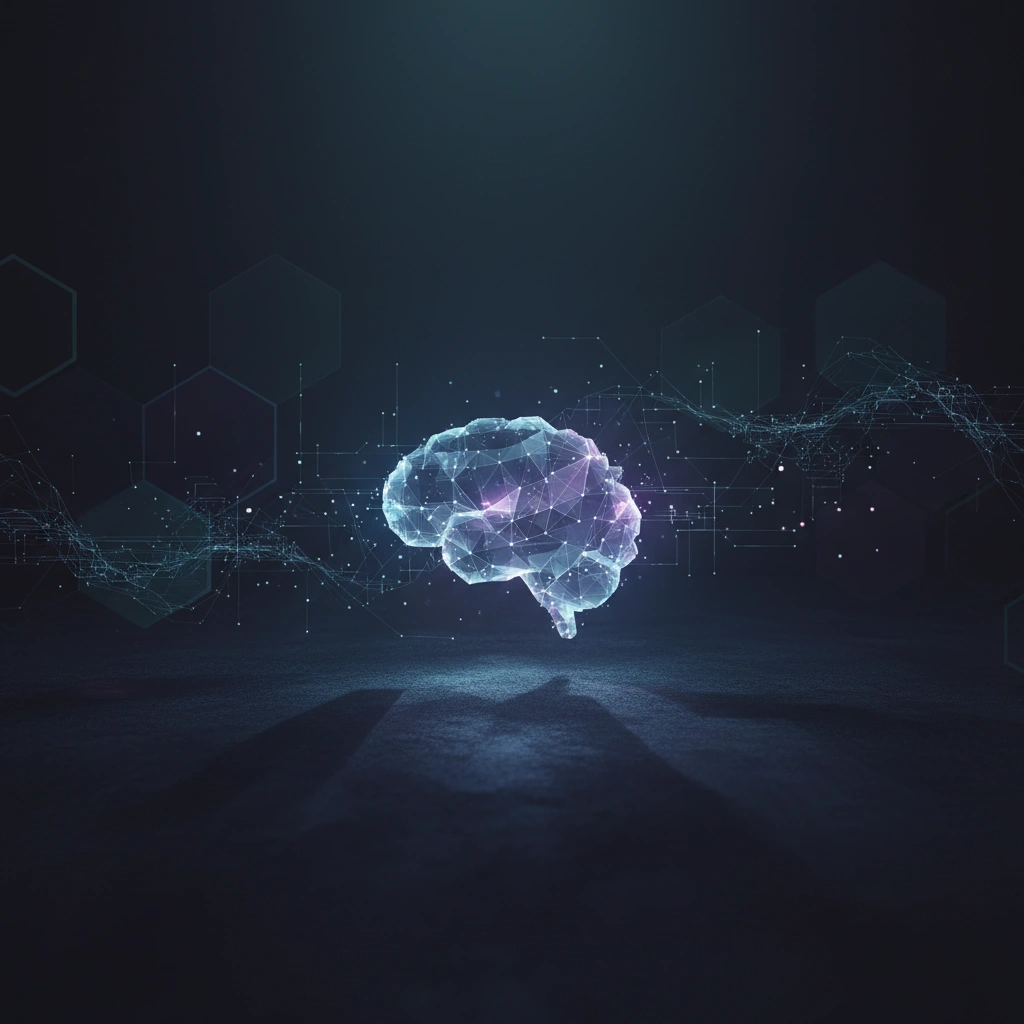Context Engineering: Building Smarter AI Content Creators
New techniques in context engineering are revolutionizing how AI agents understand and generate content, with major implications for synthetic media creation and detection.

The ability to provide AI agents with the right context at the right time is becoming the defining factor between basic automation and truly intelligent content creation systems. A comprehensive new guide explores how context engineering—the practice of optimizing how information is presented to AI models—is transforming the capabilities of AI agents across domains, with particularly profound implications for synthetic media generation.
Context engineering represents a fundamental shift in how we think about AI systems. Rather than simply training larger models or collecting more data, this approach focuses on structuring and presenting information in ways that maximize an AI agent's understanding and performance. For video generation and deepfake detection systems, this means the difference between producing generic outputs and creating contextually appropriate, convincing synthetic content.
The Architecture of Understanding
At its core, effective context engineering involves three critical components: semantic structuring, temporal awareness, and relevance filtering. Semantic structuring ensures that AI agents understand not just the words but the relationships between concepts—crucial for video generation systems that need to maintain consistency across frames. When an AI generates a video of someone speaking, it must understand the context of facial expressions, lip movements, and emotional tone simultaneously.
Temporal awareness allows AI agents to maintain coherent narratives across time sequences. This is particularly vital for long-form video generation where consistency between scenes can make or break the authenticity of synthetic content. The new techniques outlined in the guide show how proper context windowing can help AI agents maintain character consistency, environmental continuity, and narrative flow—all essential elements for creating believable synthetic media.
Implications for Synthetic Media
The advancements in context engineering have immediate applications for next-generation deepfake systems. By providing AI models with richer contextual information about facial dynamics, speech patterns, and behavioral cues, these systems can generate increasingly sophisticated synthetic videos. The same techniques that enable better content generation also power more effective detection systems, as properly contextualized AI agents can identify subtle inconsistencies that simpler models might miss.
For content authentication platforms, context engineering offers new approaches to verifying digital media. AI agents equipped with comprehensive context about creation patterns, metadata structures, and typical manipulation signatures can more accurately distinguish between authentic and synthetic content. This creates an arms race where both generation and detection capabilities advance in tandem.
The Agent Revolution
Perhaps most significantly, improved context engineering is enabling a new class of autonomous AI agents capable of complex creative tasks. These agents can now understand project requirements, maintain stylistic consistency, and even collaborate with human creators more effectively. In video production workflows, this means AI agents that can handle everything from script adaptation to scene composition, all while maintaining the contextual awareness necessary for coherent storytelling.
The technical implementations described include novel approaches to memory management, allowing AI agents to efficiently access relevant context from vast information stores. This is particularly important for video generation systems that must balance computational efficiency with the need for detailed contextual information about characters, settings, and narrative elements.
Looking Forward
As context engineering techniques continue to evolve, we're approaching a threshold where AI agents will be able to generate and authenticate digital content with unprecedented sophistication. The ability to provide nuanced, multi-layered context will determine which systems can produce truly convincing synthetic media and which can reliably detect it.
The implications extend beyond just technical capabilities. As AI agents become better at understanding and utilizing context, they'll play increasingly central roles in content creation pipelines, from Hollywood studios to social media platforms. The challenge for the industry will be establishing standards and safeguards that leverage these capabilities while protecting against misuse.
Stay informed on AI video and digital authenticity. Follow Skrew AI News.



